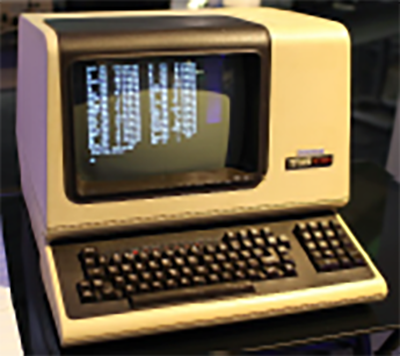A Modern Approach to Computational Thermodynamics
Today, thanks to intuitive software and decades of educational refinement, students at KTH and beyond can focus on real scientific and engineering problems without getting lost in code.
During the 2019 TMS Annual Meeting in San Antonio, Texas, Professor John Ågren, one of the original developers of Thermo-Calc, delivered a fascinating presentation on the history of computational thermodynamics education at KTH. In this talk, Professor Ågren emphasized that mastering computational thermodynamics means more than just using software—it requires understanding when and how to apply tools like CALPHAD, finite element modeling (FEM), DFT, and ab-initio methods.
Importantly, Ågren cautioned against allowing computational tools to replace experimental training altogether. While simulations offer powerful insights, they must be grounded in experimental reality. Future engineers must not only be proficient in computational thermodynamics but also understand the value of hands-on experimentation and the synergy between data, models, and physical testing.
The Future of Thermodynamics and the Role of Thermo-Calc Software
Looking ahead, computational thermodynamics is set to play an even more central role in materials education—especially at institutions like KTH, where the focus is shifting toward data-driven design, automation, and interdisciplinary engineering. As the field embraces technologies like additive manufacturing, ICME, and machine learning, students must be equipped with tools and skills that reflect this new reality.
Thermo-Calc is actively supporting this shift. Its capabilities extend beyond traditional thermodynamic modeling to include advanced applications such as process optimization for additive manufacturing, workflow integration for ICME, and data generation for machine learning models. With seamless Python integration and support for multiscale simulations, Thermo-Calc enables students to build realistic, industry-relevant workflows from the ground up.
Widely adopted in classrooms around the world, Thermo-Calc’s Free Educational Package continues to play a key role in helping students and educators access professional-grade tools in the classroom. By bridging academic learning with industrial practice, Thermo-Calc helps prepare the next generation of engineers to tackle complex materials challenges in a rapidly evolving technological landscape.

